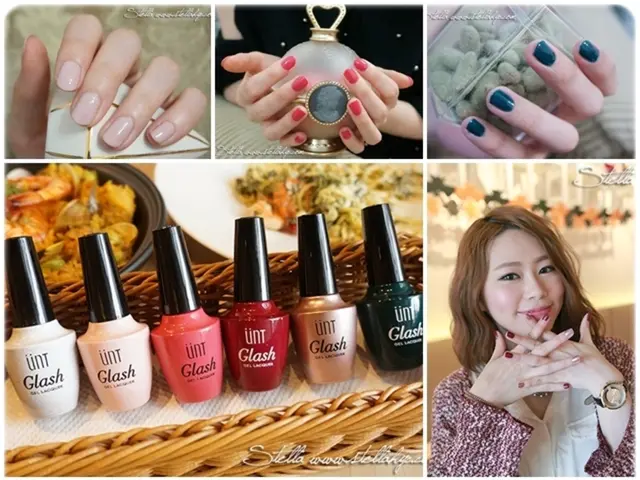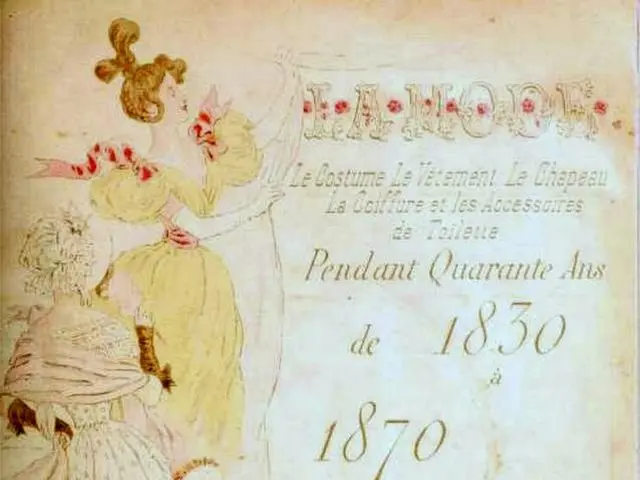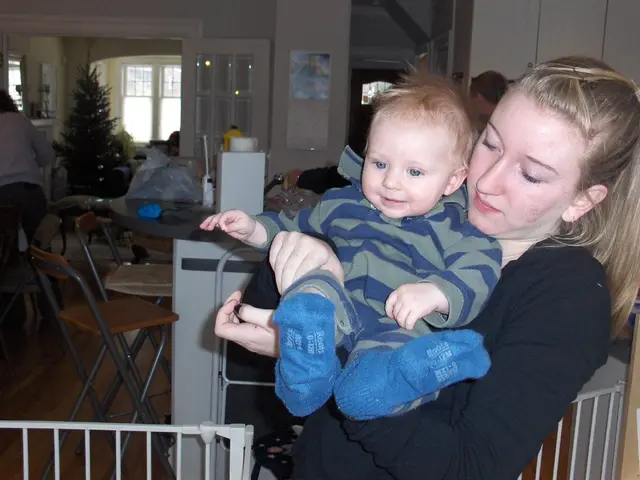Understanding Anxious Attachment in Relationships: Characteristics and Triggers
What's the lowdown on anxious attachment in relationships? Let's break it down!
Anxious attachment is one of the four common attachment styles in romantic relationships, stemming from our early experiences with caregivers, as explained by the attachment theory. In this style, people often feel insecure about their worth, experience jealousy, and have a fear of abandonment or rejection.
So, how'd we end up with anxious attachment? It's usually a result of growing up with an anxious or preoccupied parent who may have been emotionally unavailable or neglected. This can create a generational cycle of anxious attachment, where children subconsciously seek love and reassurance from their partners to heal their inner wounds.
Now let's dig into the traits of an anxious attached person:
- You're a jealous cat, all the time
- Love's a rare commodity in your life
- You're always people-pleasing
- You go above and beyond to make a partner "need" you
- You shoulder most of the responsibility, guilt, and blame in a relationship
- You're fighting a losing battle with low self-esteem and feelings of unworthiness
Individuals with anxious attachment tend to think they don't deserve love, but they have to earn it. They're drawn to challenging partners and get bored when their partners give too much affection, setting them up for the anxious-avoidant trap.
This trap is when insecurely attached individuals end up dating someone emotionally unavailable, proving their deepest fear of unlovability. To avoid it, focus on understanding anxious attachment trigger statements and responsive behaviors.
Speaking of trigger statements, here are some to avoid and some to use instead:
- Avoid:
- "Love is not enough, but I still love you."
- "I am sorry you feel that way."
- "I don't know what you're so upset about, it's not that big of a deal."
- "I need some time alone to think about it."
- "I don't know why I feel that way, the chemistry just must be off."
- Silence
- Use instead:
- "It's alright, we'll get through this."
- "Let me give you a hug, it will be okay."
- "I'm not scared of your feelings, I want to listen to you."
- Reaffirm that what they say and think is important to you.
- Allow them to cry. Maybe hold them while they do it.
Open Hearts need reassurance, support, and empathy, so give them some love and you'll find greater relationship success.
On the subject of healing wounded inner child, remember that anxious attachment is developed during our formative years. Healing your inner child involves acknowledging and reparenting your suppressed inner child on a spiritual level by gaining its trust. Focus on consistent actions and honoring your needs, and fix what's within yourself first.
To self-soothe anxious attachment and cope with jealousy, learn to confront your emotions, connect with your partner, and address the root pain of fear. Remember that you're the hero of your own story, and learning to prioritize your own needs can help you go from "you're too good for me" to "you make me want to be a better partner."
Overall, overcoming anxious attachment in relationships involves mindfulness, self-compassion, interpersonal skills development, challenging core beliefs, building support networks, a growth mindset, emotional regulation, and self-awareness.
So, there you have it! By understanding anxious attachment, trying out these strategies, and being patient, you and your partner can move towards a more secure attachment style.
Take the quiz to find out what your attachment style is, and leave your thoughts and questions in the comments below.
Bonus Insights:
The attachment theory was developed by John Bowlby and Mary Ainsworth in the 1950s and 1960s to explain the connection between the child's relationship with their primary caregiver and their emotional growth. The theory comes from the observation that children develop a strong emotional bond with their caregiver during their infancy and that this attachment has a profound impact on their emotional development.
Anxious attachment is a subtype of insecure attachment, characterized by fear of abandonment, needy behavior, and a persistent desire for reassurance. These traits are a result of early environmental experiences that leave the child feeling insecure and unsure of their caregiver's availability and responsiveness.
People with anxious attachment often have trouble trusting their partners and may feel constantly on edge in relationships. They may interpret innocent gestures or actions as signs of rejection or abandonment and become overly dependent on their partners for emotional support.
According to research, individuals with anxious attachment are at a higher risk for relationship anxiety, depression, and insecure attachment in future relationships. However, with conscious effort and the right support, it is possible for individuals to develop more secure attachment styles and improve the quality of their relationships.
- Anxious attachment in relationships is a style stemming from early experiences with caregivers, leading to feelings of insecurity, jealousy, and fear of abandonment or rejection.
- Growing up with an anxious or preoccupied parent can result in a generational cycle of anxious attachment, where children subconsciously seek love and reassurance from their partners to heal their inner wounds.
- Anxious attached individuals often fear they don't deserve love and think they have to earn it, leading them toChoose challenging partners and become bored when given too much affection.
- To break the anxious-avoidant trap, focus on understanding anxious attachment trigger statements and responsive behaviors.
- Avoid trigger statements like "Love is not enough, but I still love you," "I'm not scared of your feelings, I want to listen to you," and silence.
- Instead, use statements like "It's alright, we'll get through this," "Let me give you a hug, it will be okay," and "I'm not scared of your feelings, I want to listen to you."
- Healing an anxious attachment requires acknowledging and reparenting your suppressed inner child, gaining its trust, and addressing the root pain of fear.
- To self-soothe and cope, confront emotions, connect with your partner, and prioritize your own needs.
- Overcoming anxious attachment involves mindfulness, self-compassion, interpersonal skills development, challenging core beliefs, building support networks, a growth mindset, emotional regulation, and self-awareness.
- The attachment theory, developed by John Bowlby and Mary Ainsworth in the 1950s and 1960s, explains the connection between the child's relationship with their primary caregiver and their emotional growth, and anxious attachment is a subtype of insecure attachment characterized by fear of abandonment, needy behavior, and a persistent desire for reassurance.








